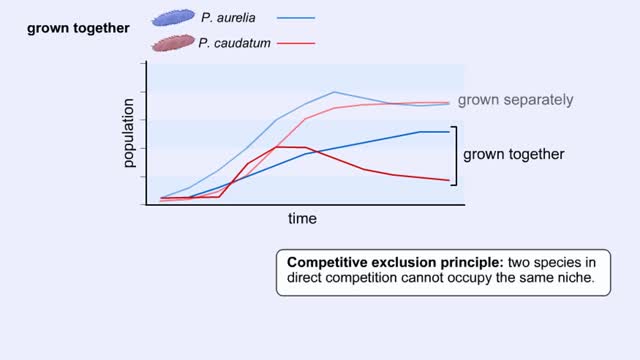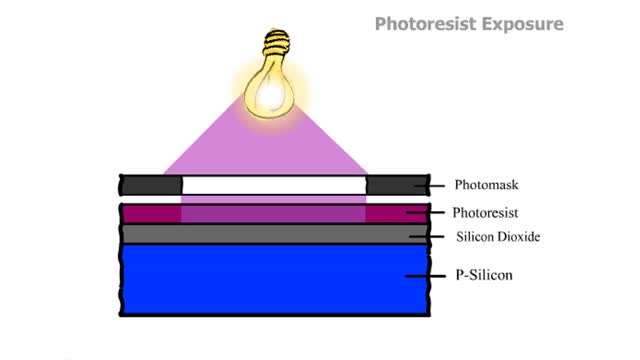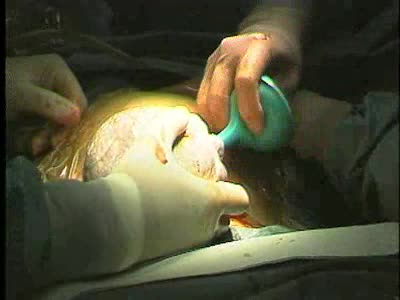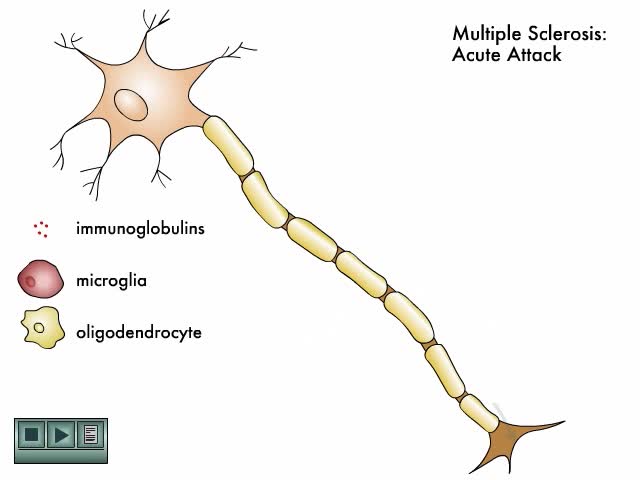Search Results
Results for: 'amino acid-based food additives'
Acid-base imbalances - compensation of respiratory acidosis and alkalosis
By: HWC, Views: 11174
ŌĆó When one pH balancing system is affected then the other balancing system attempts to correct, or compensate for, the pH imbalance. - Respiratory acidosis: ŌĆó Excessive CO2 is present so blood pH becomes acidic. ŌĆó Compensation is increased secretion of H+ into urine and reabsorption ...
Interspecific Competition Relationship - Competitive & Niche Differentiation
By: HWC, Views: 10670
In an environment with limited resources, any organisms that utilize the same resources will be in competition with each other. For example, let's look at two competing species of paramecium, a single-celled organism that feeds on bacteria. If we raise each of these species in isolation, both...
Introduction to Photolithography - WC, BLF, PA, Hard and Soft baking
By: HWC, Views: 10464
Prior to use, wafers are chemically cleaned to remove particulate matter on the surface as well as any traces of organic, ionic, and metallic impurities. Barrier Layer Formation After cleaning, the silicon wafer is covered with the material which will serve as a barrier layer. The most commo...
By: Administrator, Views: 453
Caesarean section, also known as C-section, or caesarean delivery, is the use of surgery to deliver babies. A caesarean section is often necessary when a vaginal delivery would put the baby or mother at risk. This may include obstructed labor, twin pregnancy, high blood pressure in the mother, br...
Interview with Person having Obsessive Compulsive Disorder
By: Administrator, Views: 13808
ObsessiveŌĆōcompulsive disorder (OCD) is a mental disorder in which a person feels the need to perform certain routines repeatedly (called "compulsions"), or has certain thoughts repeatedly (called "obsessions"). The person is unable to control either the thoughts or activities for more than a sh...
By: Administrator, Views: 14182
Multiple sclerosis (MS) is a demyelinating disease in which the insulating covers of nerve cells in the brain and spinal cord are damaged. This damage disrupts the ability of parts of the nervous system to communicate, resulting in a range of signs and symptoms, including physical, mental, and so...
Magnetic resonance imaging (MRI)
By: Administrator, Views: 14013
Magnetic resonance imaging (MRI) is a medical imaging technique used in radiology to form pictures of the anatomy and the physiological processes of the body in both health and disease. MRI scanners use strong magnetic fields, magnetic field gradients, and radio waves to generate images of the or...
Barriers - eye structures, digestive mucosa, respiratory mucosa & genitourinary mucosa
By: HWC, Views: 11250
ŌĆó Eyebrows, eyelids, eyelashes and conjunctiva serve to trap microbes preventing their invasion. ŌĆó Tearing (lacrimation) is a protective mechanism that washes away microbes that attempt to enter the eyes. ŌĆó Salts, mucus, and lysozymes in tears neutralize substances and bacteria. ŌĆ...
Carbohydrate digestion - mouth and stomach & pancreas and small intestine
By: HWC, Views: 10797
ŌĆó Digestion of complex carbohydrates (starches and glycogen) involves: ŌĆó Amylases produced by the salivary glands and pancreas. ŌĆó Brush-border enzymes in small intestine. ŌĆó In the mouth, amylase from the parotid and submandibular salivary glands begins carbohydrate digestion. ŌĆ...
Advertisement











